vSphere Client on Windows 7

As indicated by the error message, the error can be resolved by uninstalling, “Microsoft Visual J# 2.0 Redistributable Package” from “Programs” in “Control Panel”

Implementing it in the right way is much more important than just implementing it.


Posted by
Prashanth Palakollu
at
9:44 AM
2
comments
![]()
Labels: General


Posted by
Prashanth Palakollu
at
4:47 PM
0
comments
![]()
Labels: SharePoint 2010
Posted by
Prashanth Palakollu
at
7:07 PM
0
comments
![]()
Labels: SharePoint 2010
| Component | Minimum requirement |
| Processor | 64-bit, dual processor, 3 GHz |
| RAM | 4 GB for stand-alone or evaluation installation 8 GB for single server and multiple server farm installation for production use |
| Hard disk | 80 GB |
| Other | DVD drive |
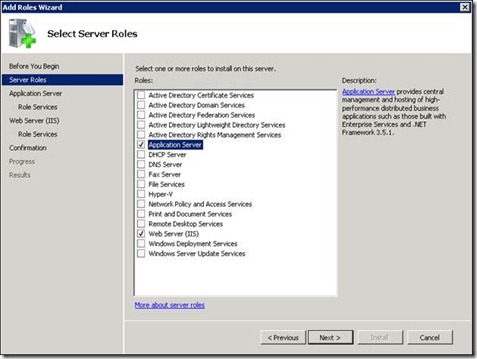
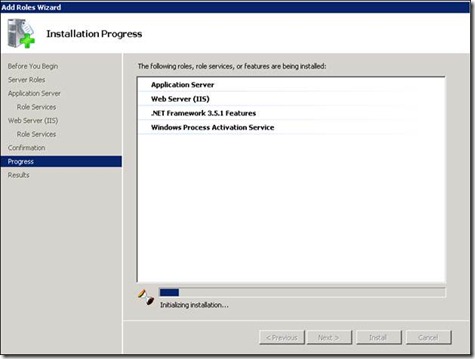
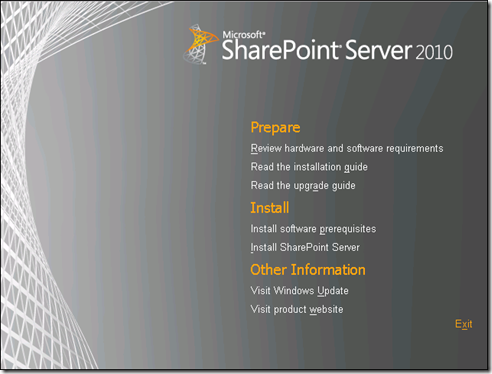
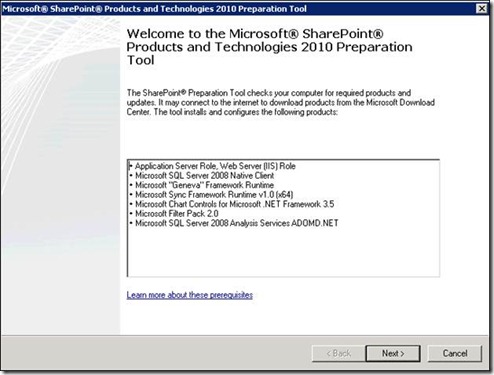
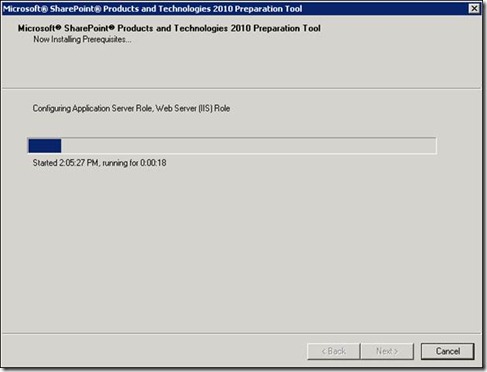
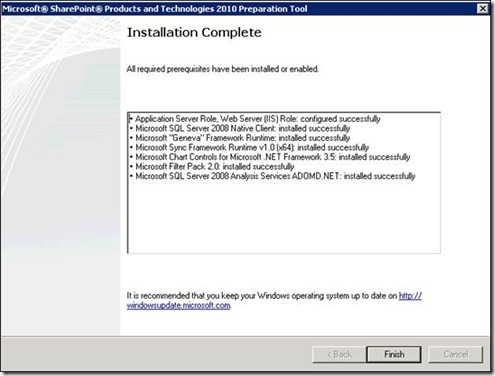
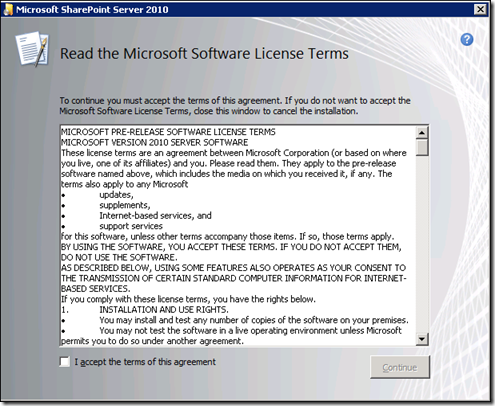
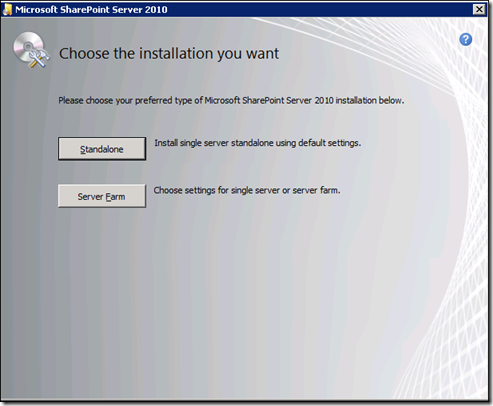
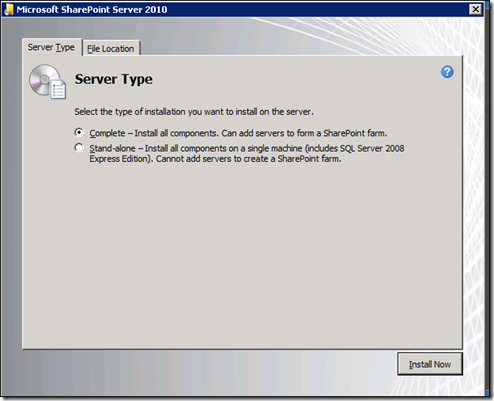
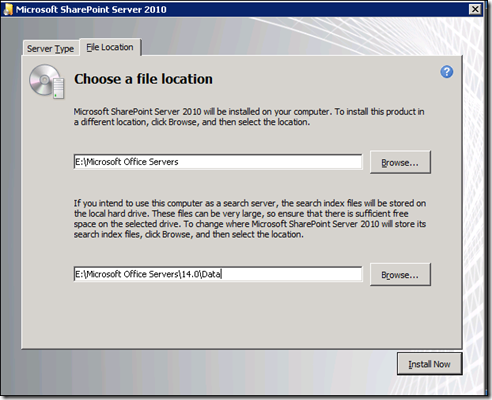

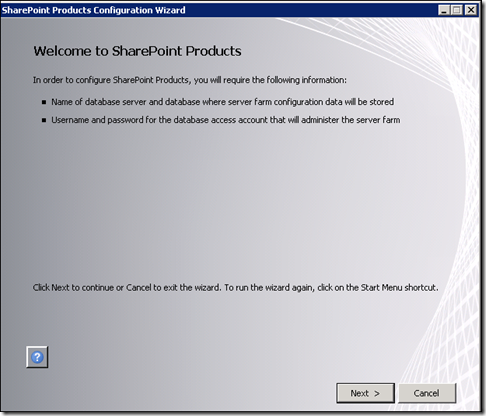
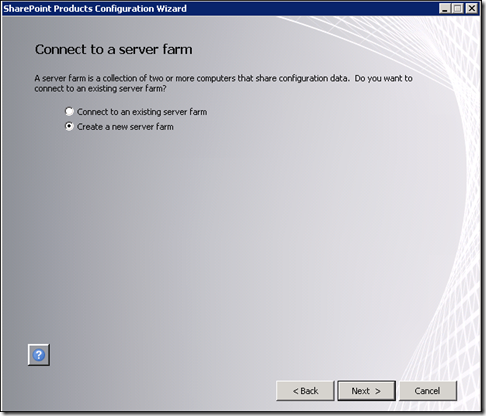
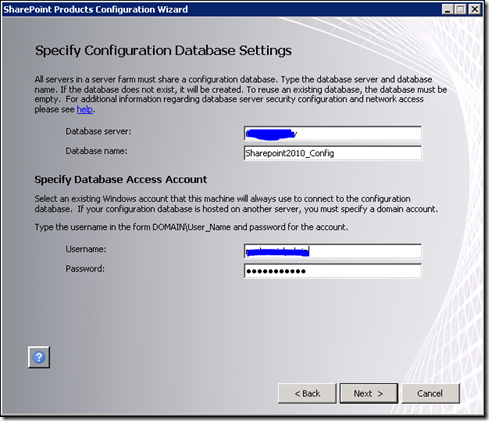
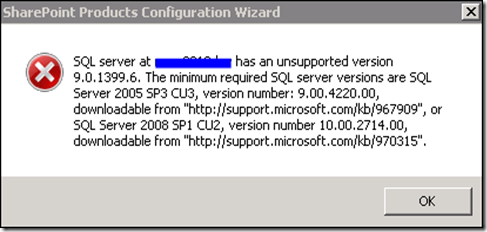

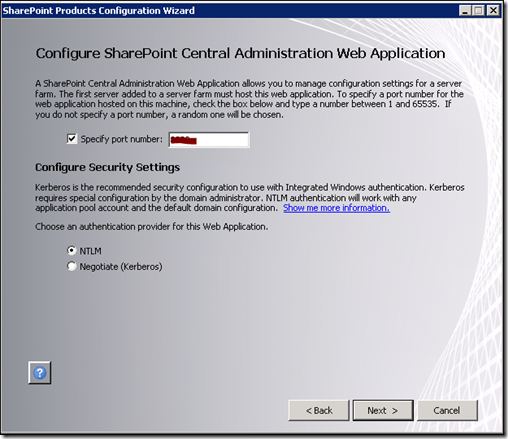
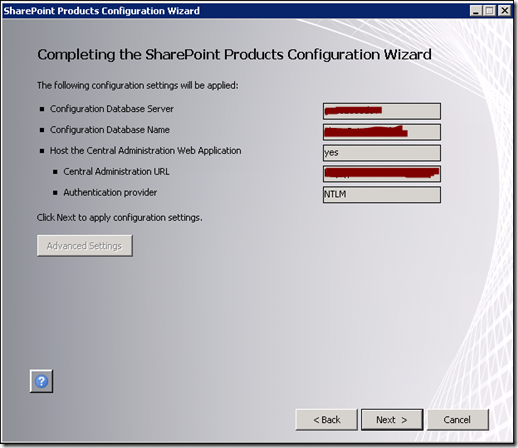

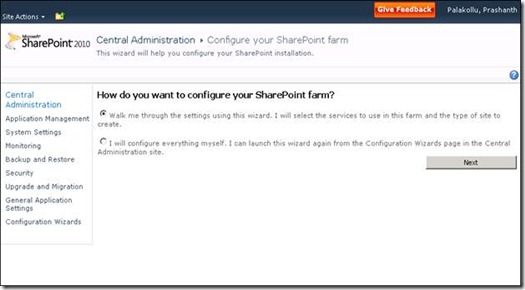
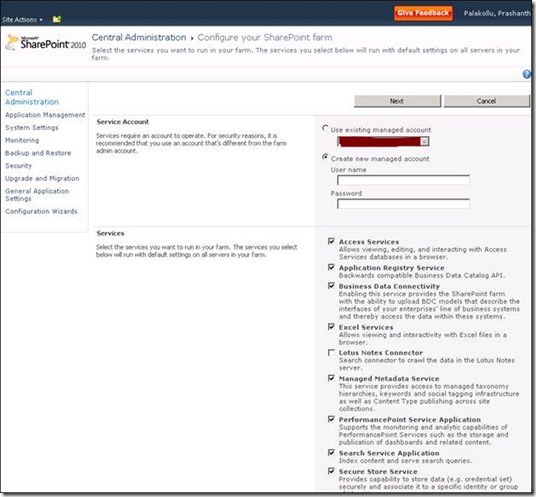
| The service application proxy "User Profile Service Application" could not be provisioned because of the following error: Unrecognized attribute 'allowInsecureTransport'. Note that attribute names are case-sensitive. (C:\Program Files\Common Files\Microsoft Shared\Web Server Extensions\14\WebClients\Profile\client.config line 56) Corelation Id: 3826b556-ee29-46b6-910f-b7179d58f030 |
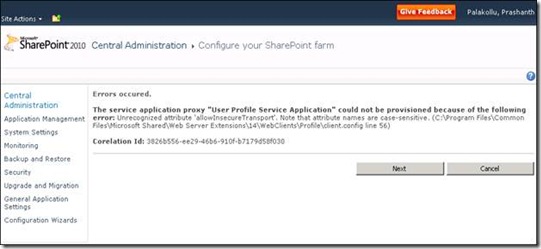
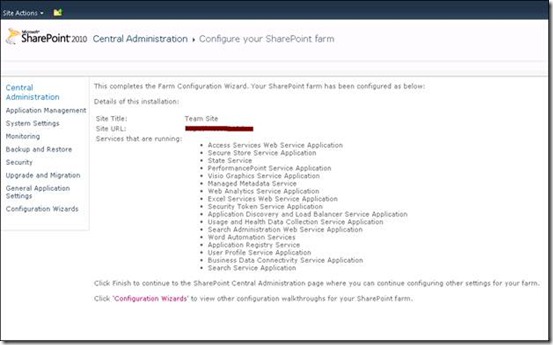
Posted by
Prashanth Palakollu
at
6:54 PM
0
comments
![]()
Labels: SharePoint 2010

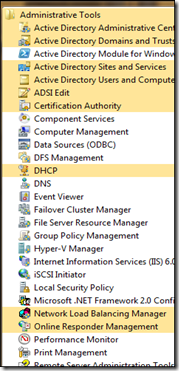
Posted by
Prashanth Palakollu
at
3:50 PM
0
comments
![]()
Labels: Windows 7
Posted by
Prashanth Palakollu
at
11:31 AM
1 comments
![]()
Labels: SQL Server 2008
Posted by
Prashanth Palakollu
at
11:04 PM
0
comments
![]()
Labels: General
Posted by
Prashanth Palakollu
at
5:02 PM
1 comments
![]()
Labels: General
Posted by
Prashanth Palakollu
at
11:52 AM
0
comments
![]()
Labels: Visual Studio
Recently got this error message while trying to import a site collection in MOSS 2007:
FatalError: Failed to read package file.
at Microsoft.SharePoint.Deployment.ImportDataFileManager.Uncompress(SPRequest request)
at Microsoft.SharePoint.Deployment.SPImport.Run()
*** Inner exception:
Failure writing to target file
at Microsoft.SharePoint.Library.SPRequest.ExtractFilesFromCabinet(String bstrTempDirectory, String bstrCabFileLocation)
at Microsoft.SharePoint.Deployment.ImportDataFileManager.<>c__DisplayClass2.<Uncompress>b__0()
at Microsoft.SharePoint.SPSecurity.CodeToRunElevatedWrapper(Object state)
at Microsoft.SharePoint.SPSecurity.<>c__DisplayClass4.<RunWithElevatedPrivileges>b__2()
at Microsoft.SharePoint.Utilities.SecurityContext.RunAsProcess(CodeToRunElevated secureCode)
at Microsoft.SharePoint.SPSecurity.RunWithElevatedPrivileges(WaitCallback secureCode, Object param)
at Microsoft.SharePoint.SPSecurity.RunWithElevatedPrivileges(CodeToRunElevated secureCode)
at Microsoft.SharePoint.Deployment.ImportDataFileManager.Uncompress(SPRequest request)
Posted by
Prashanth Palakollu
at
5:20 PM
1 comments
![]()
Labels: MOSS 2007
Posted by
Prashanth Palakollu
at
9:32 AM
3
comments
![]()
Labels: General
After installing .NET 3.5 sp1, all the MOSS web applications were working fine except for one. The following error was showing up:
Stack trace:
at System.RuntimeTypeHandle.CreateInstance(RuntimeType type, Boolean publicOnly, Boolean noCheck, Boolean& canBeCached, RuntimeMethodHandle& ctor, Boolean& bNeedSecurityCheck)
at System.RuntimeType.CreateInstanceSlow(Boolean publicOnly, Boolean fillCache)
at System.RuntimeType.CreateInstanceImpl(Boolean publicOnly, Boolean skipVisibilityChecks, Boolean fillCache)
at System.Activator.CreateInstance(Type type, Boolean nonPublic)
at System.RuntimeType.CreateInstanceImpl(BindingFlags bindingAttr, Binder binder, Object[] args, CultureInfo culture, Object[] activationAttributes) at System.Activator.CreateInstance(Type type, BindingFlags bindingAttr, Binder binder, Object[] args, CultureInfo culture)
at System.Web.Configuration.Common.ModulesEntry.Create()
at System.Web.Configuration.HttpModulesSection.CreateModules()
at System.Web.HttpApplication.InitInternal(HttpContext context, HttpApplicationState state, MethodInfo[] handlers)
at System.Web.HttpApplicationFactory.GetNormalApplicationInstance(HttpContext context) at System.Web.HttpApplicationFactory.GetApplicationInstance(HttpContext context)
at System.Web.HttpRuntime.ProcessRequestInternal(HttpWorkerRequest wr)
Fix:
Just restart the application pool account associated with the erroring application and you be all set.
Posted by
Prashanth Palakollu
at
12:17 PM
6
comments
![]()
Labels: MOSS 2007
Posted by
Prashanth Palakollu
at
4:46 PM
1 comments
![]()
Labels: MOSS 2007
